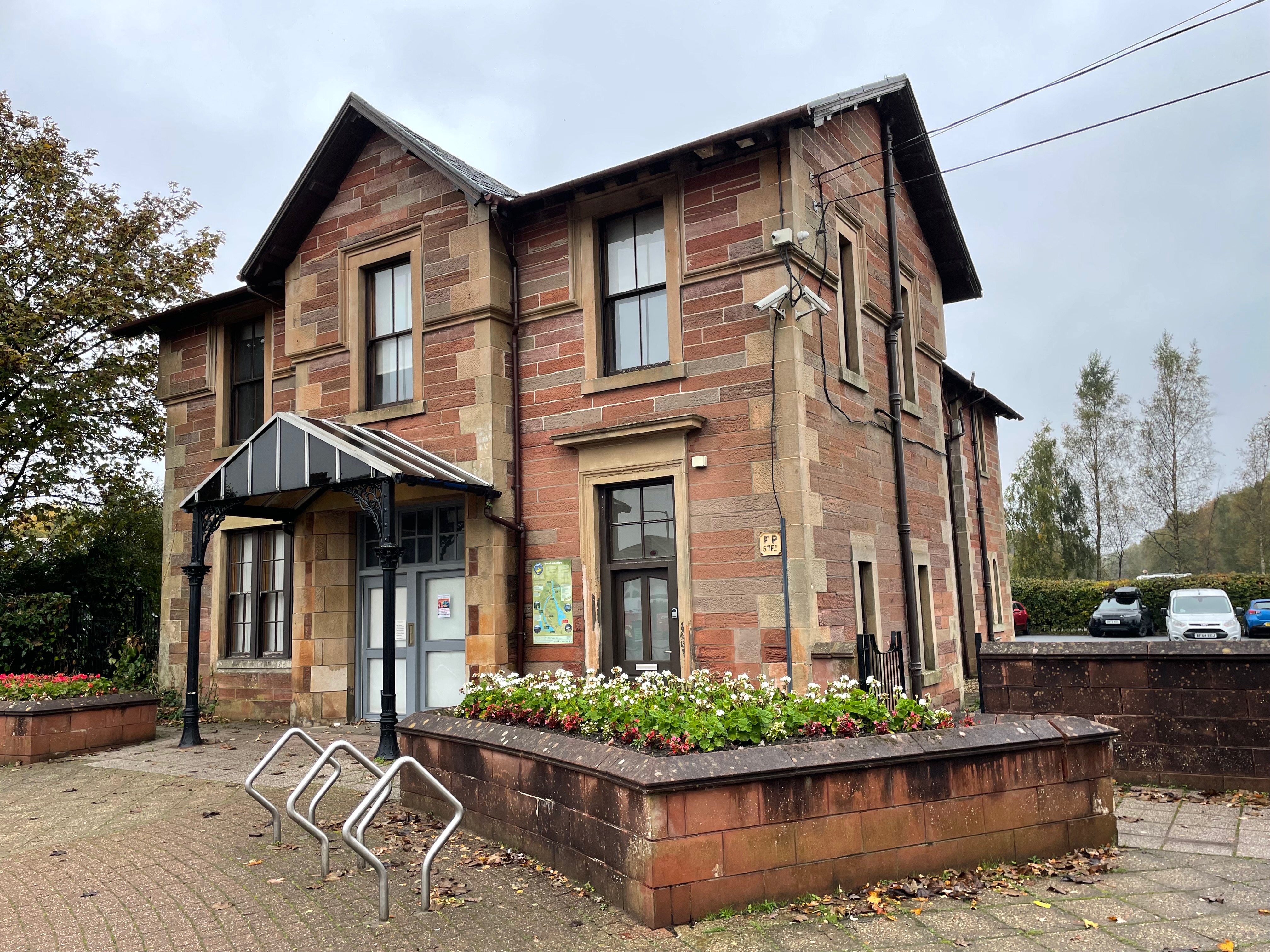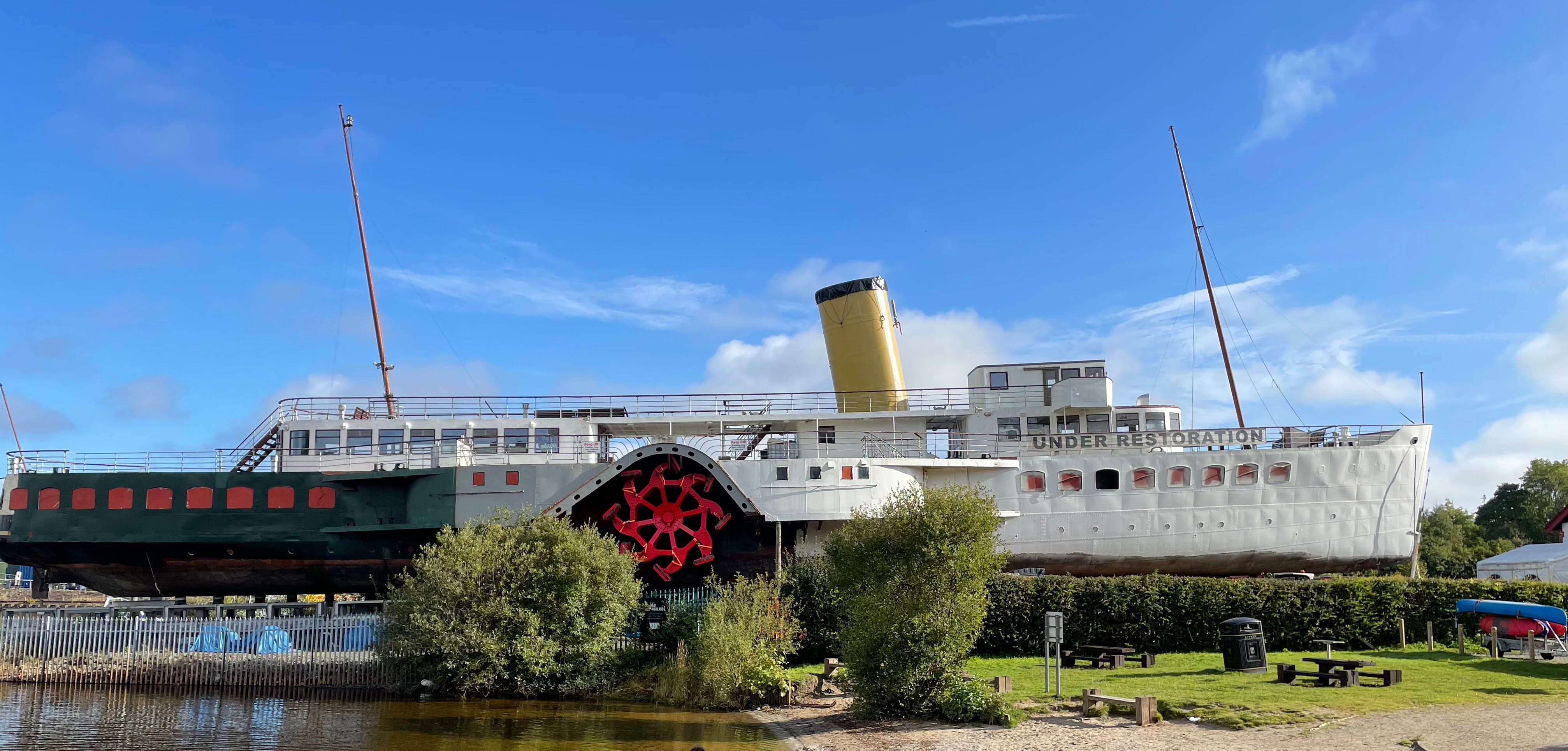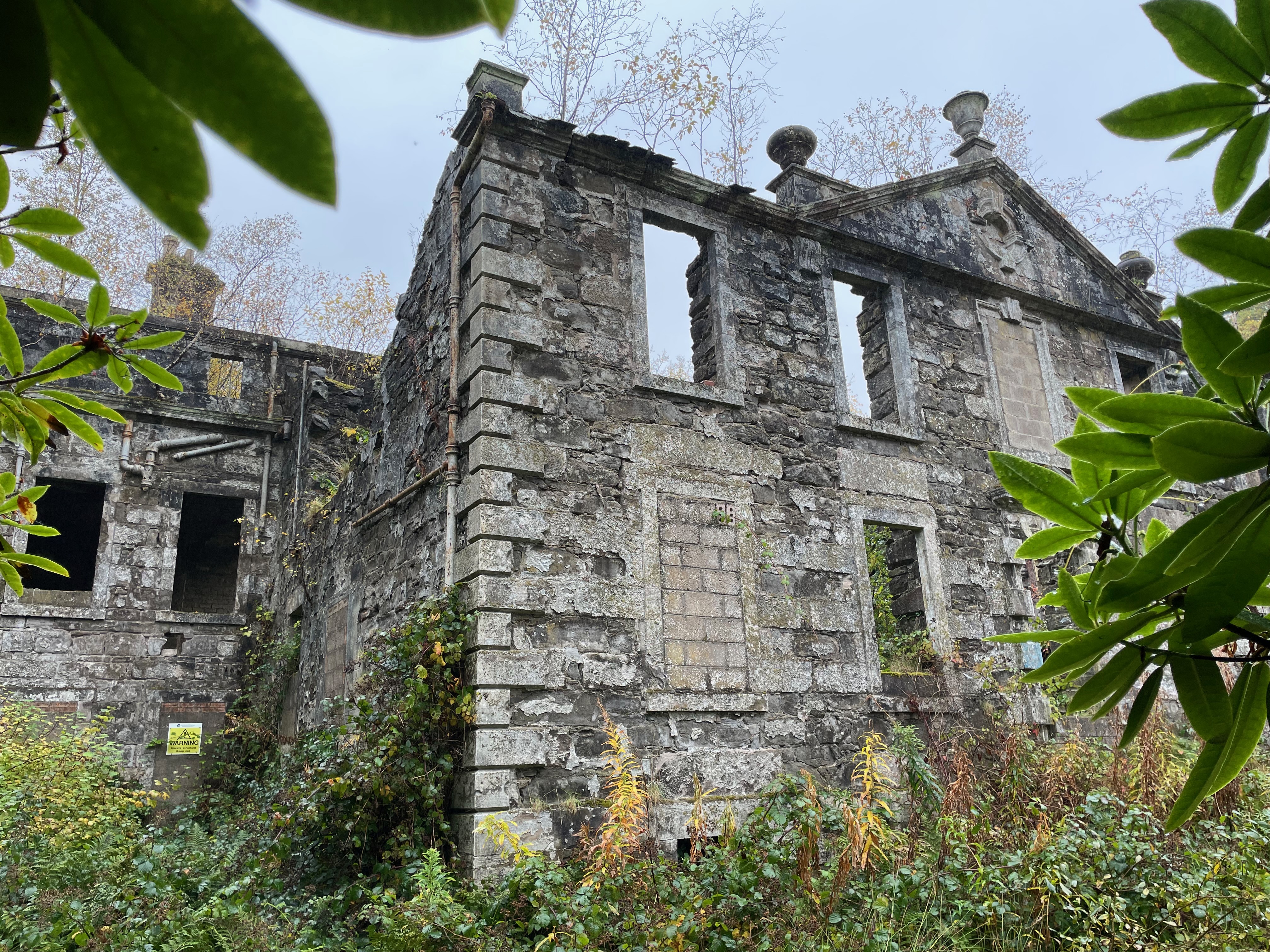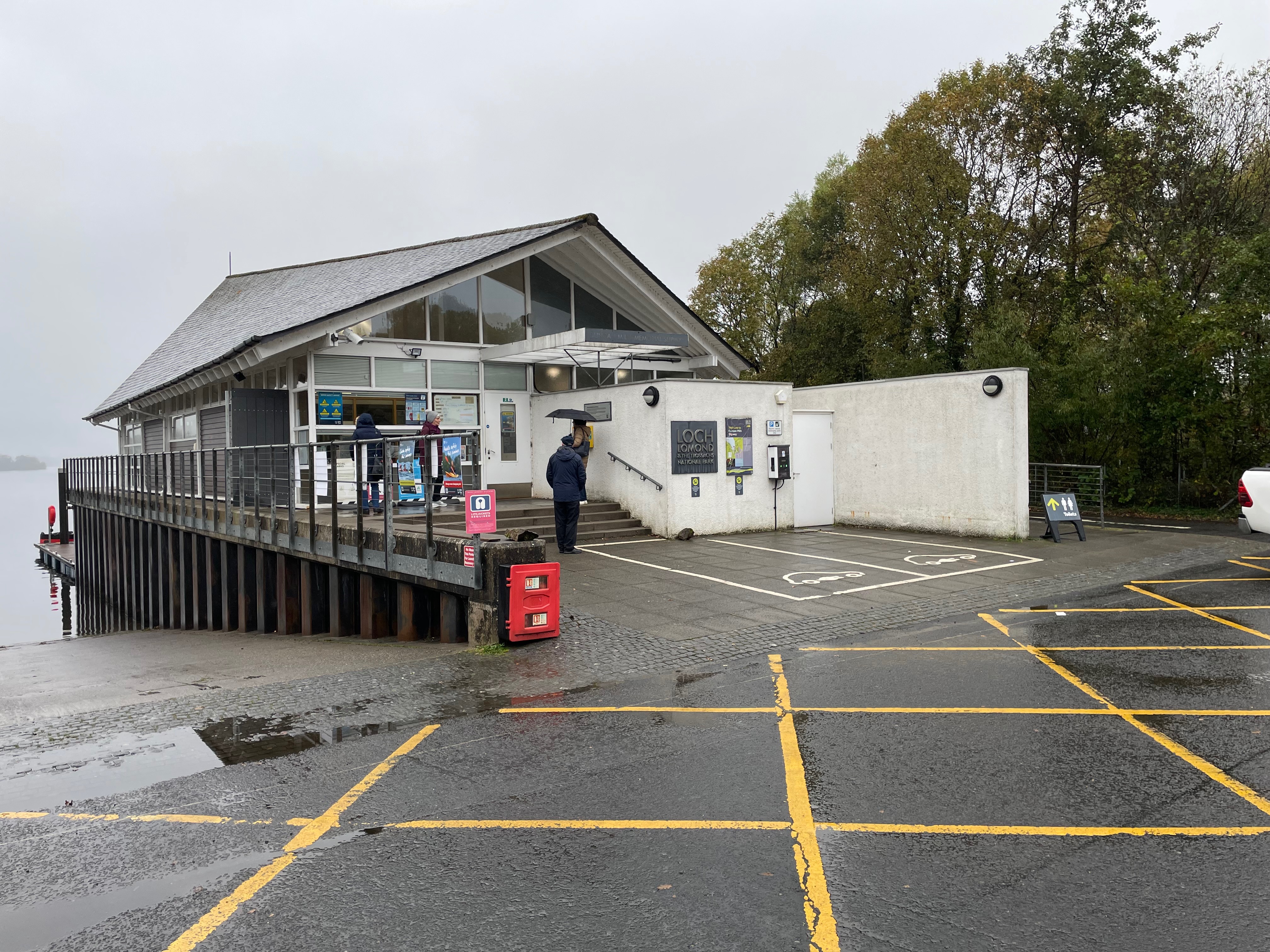Balloch’s Lomond Banks Planning Appeal
To deliver the “sustainable place with a thriving future” envisaged by The National Park’s act 2000, Loch Lomond and The Trossachs National Park has recently been trumpeting its “Partnership Plan”.
As a conservation charity promoting the park’s special qualities, everything The Friends of Loch Lomond and The Trossachs achieve is down to partnership, so it was immediately apparent to us that the Lomond Banks development offered multiple opportunities for partnership working to deliver long-term stewardship of the site’s valuable but neglected natural and cultural assets. That is why we backed it, but sadly, the National Park’s stumbling approach to the application seems to have been the antithesis of partnership. The developer is right to appeal against their refusal.
Flooding was cited, but it is not an issue. Most of the site is not subject to inundation and any lower-lying elements could have had a planning condition to be raised a few metres, just like the Park’s own slipway building and a new rescue boat house, recently given planning approval.
Then there was the puzzling Kafkaesque stuff around whether the area could be considered to be “previously used” or “previously” used, semantic gymnastics presumably designed to sidestep or obfuscate the abundant on site and photographic evidence of its previous agricultural, railway, sandpit and tourism uses.
Similarly puzzling was the bizzare last-minute ditching of the decades old tourism and recreation zoning. One wonders if the developer was ever made aware the Park was going to reverse this key policy on which their application was based.
Most puzzling (and disappointing) of all is the National Park’s woeful lack of imagination, leadership and partnership around the application’s huge potential for education and community involvement around stewardship of the site’s natural and cultural capital.
8,000years ago the area was a wildlife rich mosaic of woodland, wetland and ponds. By 1870, drained with straightened watercourses, almost everything was under the plough. By 1970, Drumkinnon ridge and much of its ancient woodland cover was being stripped away for its sand and gravel. Now, natural regeneration is creating new woodland, but the planners seemed completely blind to the opportunities to re-meander the burns, re-create those ponds and re-establish something of the biodiversity of those ancient lost habitats.
Some trees might of course have been lost to make space for lodges, but there are plenty of opportunities on site and locally for compensatory planting, so consolidating wildlife corridors around the southern end of the loch, eg at Balloch Park and Whinney Hill. A bridge across the Leven would have helped that too - as was suggested in the Park’s “charette” exercise a few years ago. Tree planting could also have created a wildlife corridor through the Woodbank House site to link with woodland on the western side of the A82. All that would have done wonders for wildlife.
Educational opportunities would have arisen from the resurrection of the ancient natural habitats of Drumkinnon. Tree planting could have involved local schools and volunteers. Educational aims could have been delivered through interpretation panels and Flamingoland’s marketing and information effort. A Forest Holidays type ranger could have helped with grey squirrel control and led regular nature walks, but without private investment, beneficial things like these are unlikely to happen.
The big cultural stewardship prizes were Woodbank House, old Balloch Station, Balloch Pier and the venerable Maid of the Loch paddle steamer. Without partnership, the future for all of these now looks, at best, uncertain.
It is also madness to be throwing away the proposed public transport link between Balloch and Loch Lomond Shores - never mind 200 or so valuable jobs, plus ongoing millions of pounds worth of rates and tourism levy which could have helped finance visitor management and stewardship of natural and cultural capital so badly needed throughout the area. The developer was even offering to pay for an additional lane to ease peak traffic flow around the A82’s notoriously congested Stoneymollan roundabout.
Why did the National Park people not see any of this? One wonders if they were taken in, blinded or perhaps intimidated by the froth of misinformation whipped up so effectively on social media by Ross Greer.
There was never any need to “Save Loch Lomond” from the development. The fact is that most of the Centre Parc type facilities were to be in Balloch or in amongst woodland well back from the loch, while the hotel’s comparatively short frontage mostly faced away from the loch and in towards the flooded sandpit “lagoon” with its crescent of “Lomond Shores” retail outlets. And as the development had so much to offer nature, there was never any need to invoke Sandford.
The sad conclusion is that, far from applying its own partnership policy, regrettably the National Park seems to have chosen an extreme and confrontational “nature or nothing” stance. Balloch and Nature will both be losers. Without strong partners such as Flamingoland, a thriving and sustainable future for people and nature in the National Park will be so much harder to achieve. Partnership pays. It is always the best way to get things done!
Press release distributed by Pressat on behalf of Friends of Loch Lomond and The Trossachs, on Tuesday 11 February, 2025. For more information subscribe and follow https://pressat.co.uk/
Charities & non-profits Environment & Nature Travel & Tourism
Published By

07496 433134
Info@lochlomondtrossachs.org.uk
https://www.lochlomondtrossachs.org.uk
Visit Newsroom
You just read:
Balloch’s Lomond Banks Planning Appeal
News from this source:





